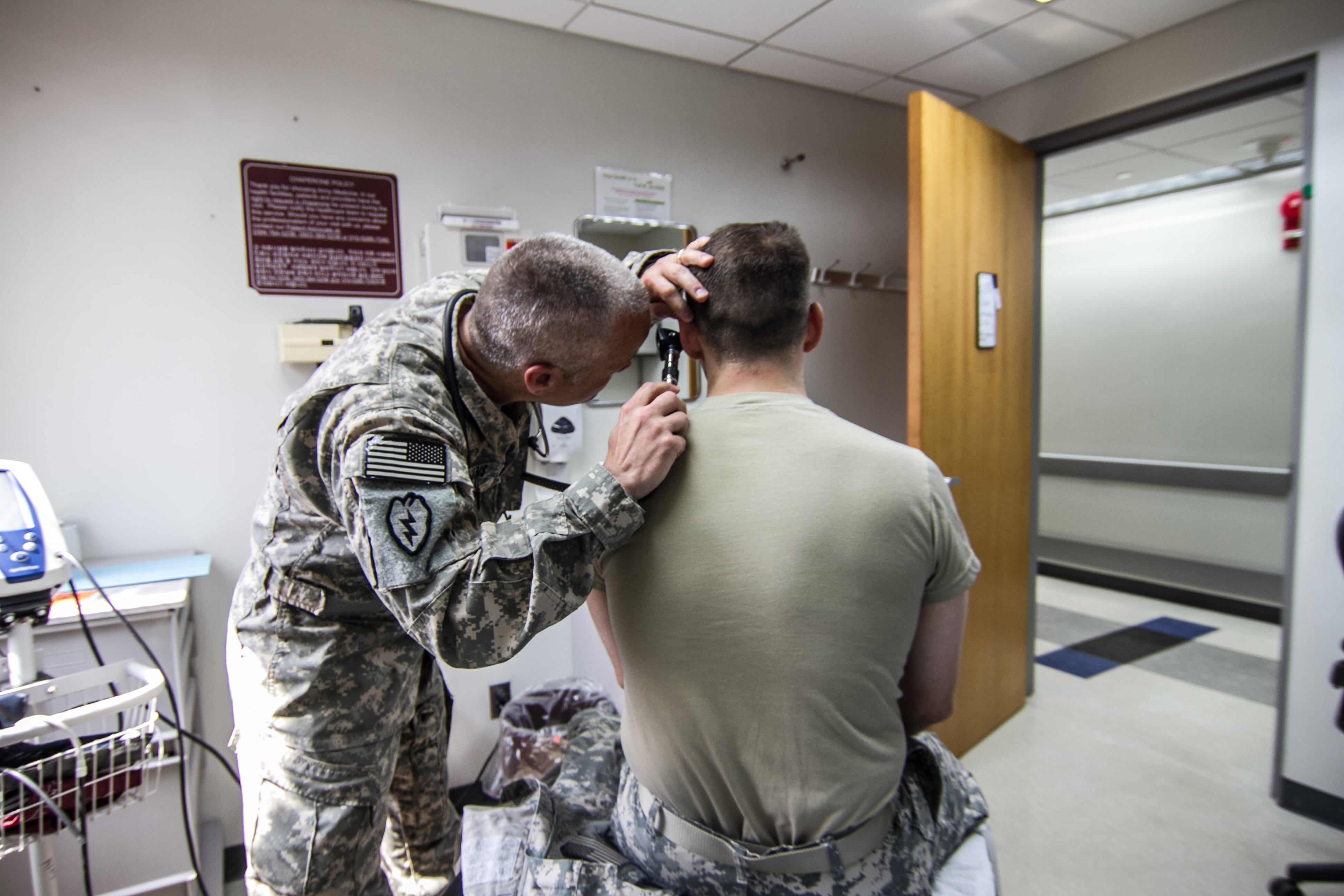Improving fitness across the force remains a top priority for Army leadership, and the service's Surgeon General believes the Performance Triad is key to achieving that goal.
A three-pronged approach involving nutrition, exercise, and sleep — the Performance Triad also includes an online and mobile tool available for every soldier. A test of 20,000 soldiers is underway. As part of the test, which will include spouses, troops will work with master fitness trainers and dining facilities will retool their menus to incorporate healthier offerings.
"You know what? Four years ago when someone said, 'How do you know you will be successful with (Performance Triad)?' I said, 'When it is embedded in the DNA of our Army and it is not looked at as a medical capability,'" Lt. Gen. Patricia Horoho told Army Times in a Sept. 22 interview. "It is health literacy. It is knowing your personal health data and then it is teaching you the synergistic effects of activity, sleep, and nutrition."
Horoho, in her role as Surgeon General, has often quoted studies that show how sleep deprivation can have the same negative affects on a soldier's performance as if he showed up to work drunk.

The Army is focusing on preventative medicine, in hopes it can spare soldiers ailments in the future, and higher medical costs for the service.
Photo Credit: Chung Il Kim/Army
Early results indicate the Triad has produced a 4 percent decrease in body mass index and 15 percent increase in cardiovascular output, Horoho said, results she called superior to anything in the commercial weight loss sector. Learn more about the Triad by searching "Performance Triad" at armymedicine.mil.
Horoho, who steps down later this year, outlined several shifts you can expect in Army medicine in the years to come:
- Health monitoring technology will continue to proliferate in the Army. In the future the Army "will start prescribing more apps than we will ever prescribe medication," Horoho said. The idea is to create more personalized healthcare and follow a philosophical shift toward preventative medicine. Health habits now can prevent long-term and costly ailments later.
The Army has been developing biometric tools such as a sleep gauge and hydration monitor to help inform soldiers and leaders.
"The sleep monitor and the biometrics, those types of things are very close to getting ready to roll out," Horoho said.
- Telehealth, which Horoho said the Army is using in 40 countries in 19 time zones, offers the ability to stretch resources and expertise broadly; one expert in cardiology, dermatology or any other specialty can serve in multiple geographic locations, key to an Army with a dwindling budget globally, including places "where they may be geographically dispersed and (with) not a lot of capabilities."
"That has allowed us to actually expand our healthcare. I think it is going to revolutionize, to be perfectly honest, the way healthcare is delivered in the U.S., if we can get to laws that change credentialing and provision across state lines. Because that is right now a barrier that is out there." Horoho said.
- The Army continues to move forward in advancing capabilities in prosthesis and limb salvage (including a soldier who had two arms from a 16-year-old girl successfully transplanted in). Rapid delivery of blood by paramedics in the crucial early minutes of an injury, Horoho said, has further improved soldier survivability. And burn and wound care have also continued to make strides.
"From the battlefields what we have seen in Afghanistan and Iraq, we have completely changed the way that trauma care is delivered in the battlefield," Horoho said.
- From a business perspective, Horoho said outsourcing medical care — as some military compensation experts have recommended — may be tempting, but also a mistake. She said the specific needs of soldiers and the Army research funded to meet those needs complicate outsourcing.
"That works if we were not an entire healthcare system. It does not work if you really look at health readiness," Horoho said. "Much of (our research) is done in our medical centers. Much of it is done in the deployed environment and then it is connected back."




